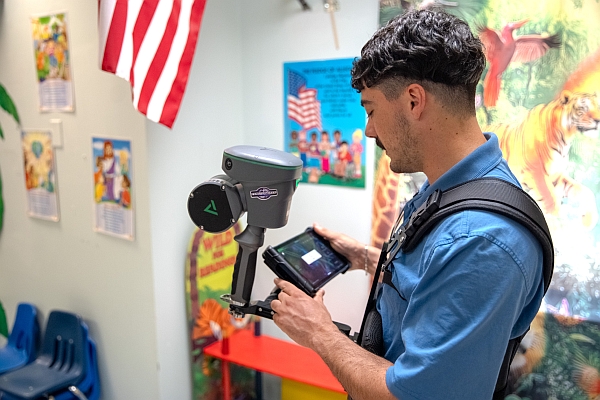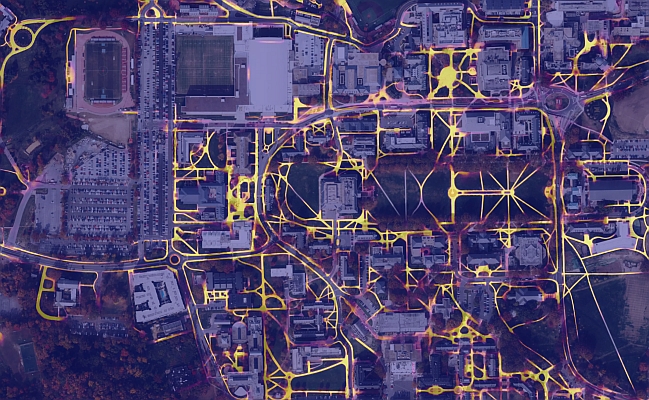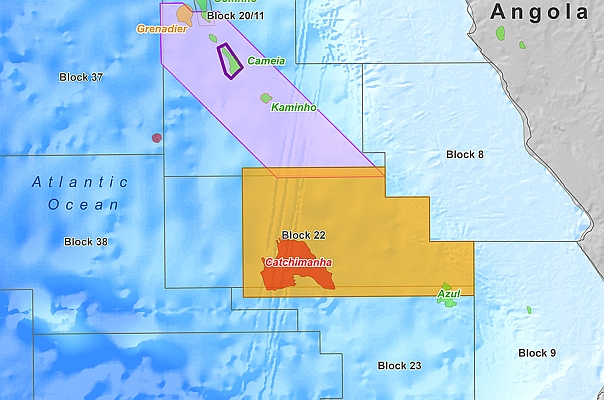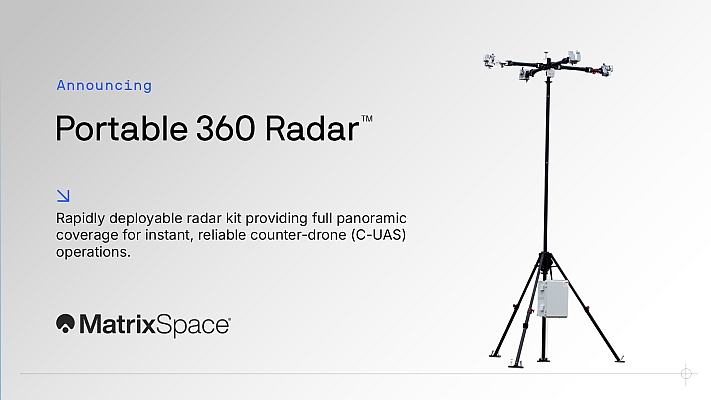Thanks to the advancements in geographic information systems (GIS) technologies and mapping applications like ArcGIS, health organizations worldwide are mapping disease and sickness trends in an effort to treat them locally and globally. GIS tools and ArcGIS mapping applications play an important role in developing data-driven solutions that help health organizations visualize, analyze, interpret and present complex geo-location data.
The World Health Organization maintains an updated influenza map that shows Asia and Africa are at greater risk the spread of flu. Other organizations such as Health-mapping.com keep up-to-the-minute data-filled maps that cover water and health, influenza and malaria.
One map keeps water-related infectious diseases in the WHO European Region, focusing on the visualization of pan-European and worldwide water-related disease data that comes from centralized information system for infectious diseases (CISID) database. The map covers HIV/AIDS, sexually transmitted diseases, Tuberculosis, Diphtheria and several other diseases. Then there’s HealthMap.org, which was founded in 2006 to use online sources to help with disease outbreak monitoring.
Created by epidemiologists and software developers at Children’s Hospital Boston, the freely available website and mobile app ‘Outbreaks Near Me’ deliver real-time intelligence on a broad range of emerging infectious diseases for a diverse audience including libraries, local health departments, governments and international travelers.
HealthMap brings together disparate data sources, including online news aggregators, eyewitness reports, expert-curated discussions and validated official reports, to achieve a unified and comprehensive view of the current global state of infectious diseases and their effect on human and animal health.
Through an automated process, updating 24/7/365, the system monitors, organizes, integrates, filters, visualizes and disseminates online information about emerging diseases in nine languages, facilitating early detection of global public health threats.
For example, HealthMap.org recently released a report that several Massachusetts swans tested positive for low-path avian influenza or bird flu. Although the report indicated there is no threat to human health, this latest finding is just an example of how GIS can help save lives in the case of an outbreak.
“The real focus is identifying and focusing surveillance in hotspots around the world where we have potential for risk of a new disease that potentially might cause a pandemic worldwide,” said John Brownstein, co-founder of HealthMap.org and assistant professor of pediatrics at Harvard Medical School.
Maps are also tracking obesity and diabetes. CDC data and mapping indicates 644 counties in 15 states represent most of the country’s type two diabetes cases. This has been called the “Diabetes Belt,” which spans from Appalachia into the Deep South. Data also shows that a few counties in Michigan also have higher rates, as well as some regions in the West.
Meanwhile, Esri, an international geographic technology firm whose software is used by more than 350,000 organizations worldwide, has a GIS for Health & Human Services division that helps public health organizations and hospitals alike. Hospitals use ArcGIS for accurate and relevant patient information as well as for marketing, planning and community relations.
For example, the University of Kentucky Trauma Center, called UK Chandler Hospital used a customized GIS application to boost analyze data.
“We built the custom ArcGIS Server application using the Flex API to maximize accessibility and ease of use,” said Chris Walls, cofounder of 39°N, the firm that built the platform for UK. “We are extremely proud of this cutting-edge collaboration with the University of Kentucky. This kind of application will significantly streamline the administration of public facilities.”
GIS technology and ArcGIS offers tremendous potential to benefit the health care industry and its many uses are just now beginning to be realized. The need for GIS professionals who are proficient using ArcGIS will be even greater as organizations develop innovative ways to harness the data integration and spatial visualization power of GIS.
“The philosophy of American Sentinel’s bachelor’s in GIS curriculum is to prepare students for real workplace issues and challenges using state-of-the-art, industry leading software products such as Esri’s ArcGIS and open source technologies,” says Devon Cancilla, Ph.D., dean, business and technology at American Sentinel University.
Dr. Cancilla believes it’s important to empower students with a current and applicable GIS skill set such as using ArcGIS, so students can apply relevant knowledge on the job while use real-improving their career trajectory.







